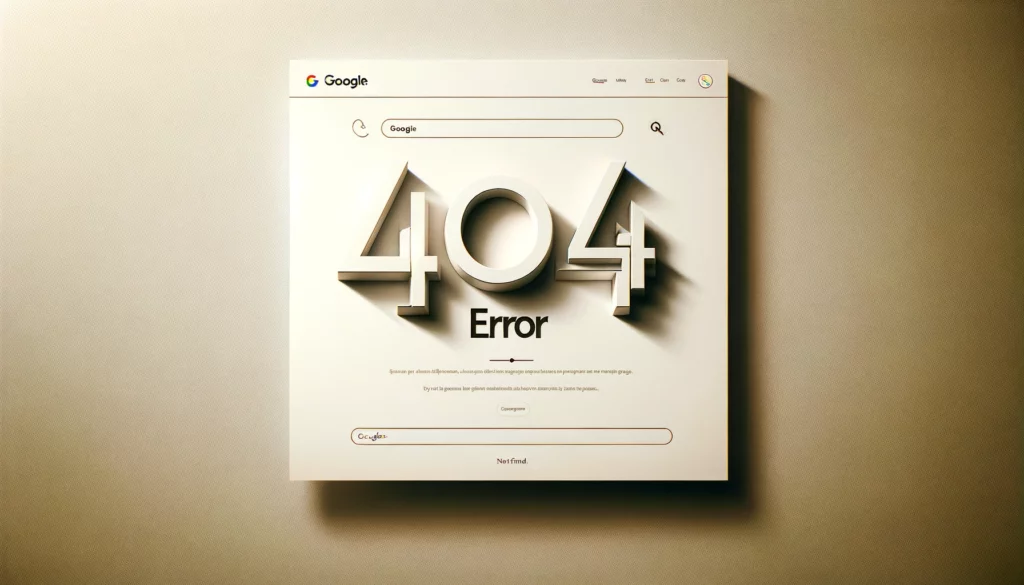
Google’s John Mueller recently addressed a thought-provoking inquiry regarding the outcomes following the selection of the “validate a fix” option in Search Console when a 404 status persists. Mueller shed light on the functionality behind this “validate a fix” feature, elaborating on its process.
When a browser requests a webpage, the server responds with a status code indicating the outcome of the request. A successful request yields a status code of 200 (OK), while a failed attempt due to a non-existent webpage results in a 404 (Not Found) status code.
In the context of Google Search Console (GSC), Dixon Jones, CEO of Inlinks, raised a query about the process of validating a fixed 404 error. This scenario often arises when publishers unintentionally remove webpages or encounter technical glitches causing pages to disappear.
To assist publishers and ensure a seamless user experience, Google retains information about missing webpages. This allows them to reintegrate these pages into search results once they are restored, as explained by John Mueller: “…if you accidentally 404’d something and fixed it.”
What Causes A 404 Status Code And How Should It Be Interpreted?
The term “error” in the context of the 404 response refers to the fact that the webpage requested from the URL does not exist, thus indicating an error in the request itself, rather than implying an error on the webpage that needs fixing. It’s important to note that the official description of the 404 status code, as outlined by RFC-Editor.org, does not explicitly use the word “error.”
According to the official standard for the 404 status code:
“15.5.5. 404 Not Found
The 404 (Not Found) status code indicates that the origin server did not find a current representation for the target resource or is not willing to disclose that one exists.
A 404 status code does not indicate whether this lack of representation is temporary or permanent; the 410 (Gone) status code is preferred over 404 if the origin server knows, presumably through some configurable means, that the condition is likely to be permanent.”
From a technical standpoint, if the 404 status is known to be permanent and the webpage will never return, the correct response is to use a 410 status code. However, Google treats both the 404 and 410 response codes similarly. While the 410 response may result in the webpage dropping out of Google’s search index slightly faster, the ultimate outcome remains the same.
Is It Necessary To Fix All 404 Errors Including From External Links?
Jeannie Hill intervened in the conversation to inquire about inbound links from other websites leading to incorrect URLs.
In her tweet, she stated:
“Many of the 404 errors we encounter stem from external sources inaccurately linking to our site. This includes instances from ResearchGate. Attempts to rectify this usually result in delayed responses or no response at all. Is it advisable to pursue this matter?”
John Mueller replied:
“Likely not. (Also, ‘validate fix’ pertains to verifying the URL on your website, not the linking URL, so it wouldn’t be applicable in this context anyway.)”
Jeannie provided a follow-up:
“Appreciate your response, @JohnMu.
Identifying these inbound 404s is helpful, while ‘Validate fix’ aids in addressing internal linking concerns. We’ve tackled a few significant inbound 404s, but I’m uncertain about the value gained relative to the effort expended.”
In response, John commented on the value of investing time to rectify inbound links:
“I’d focus on the traffic rather than SEO benefits. If a significant number of visitors are getting lost when trying to access your site, that appears to be a worthwhile issue to address if feasible.”
The Role Of “Validate Fix” In Managing Internal And External 404 Errors
John Mueller emphasized that the 404 search console report serves as a means for Google to notify publishers about missing pages, leaving it to them to decide how to address the issue.
Regarding external links leading to non-existent URLs, Mueller opines that rectifying them may not be worthwhile. However, many SEO experts might disagree, especially if the link originates from a reputable website. In such cases, it seems logical to pursue fixing these inbound links by implementing a 301 redirect from the incorrect URL to the appropriate one.
Original news from SearchEngineJournal
